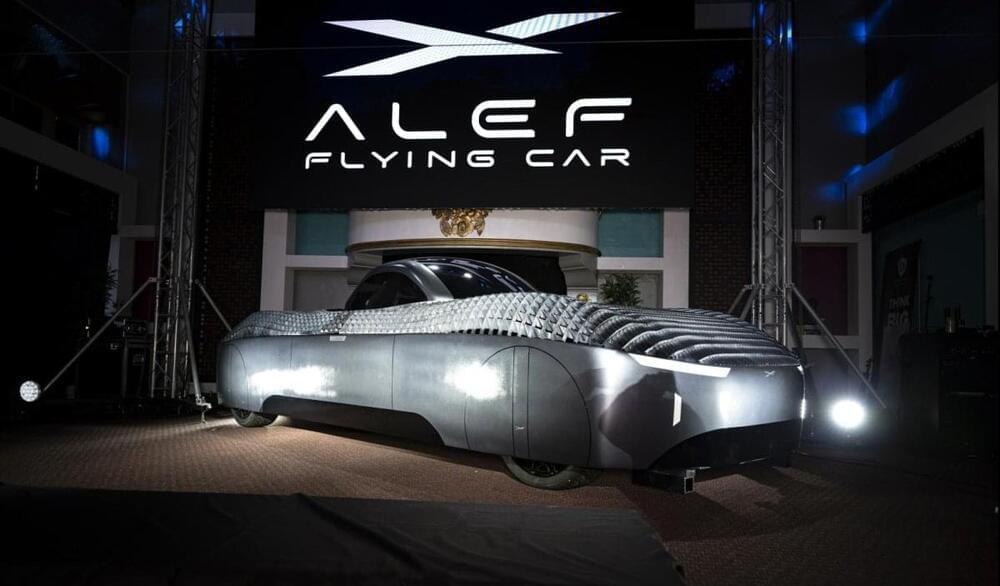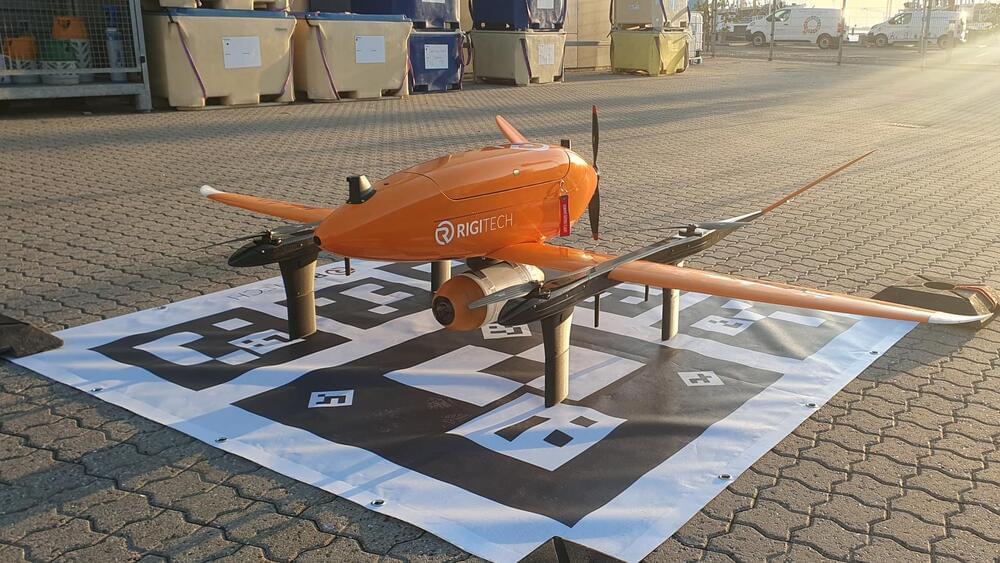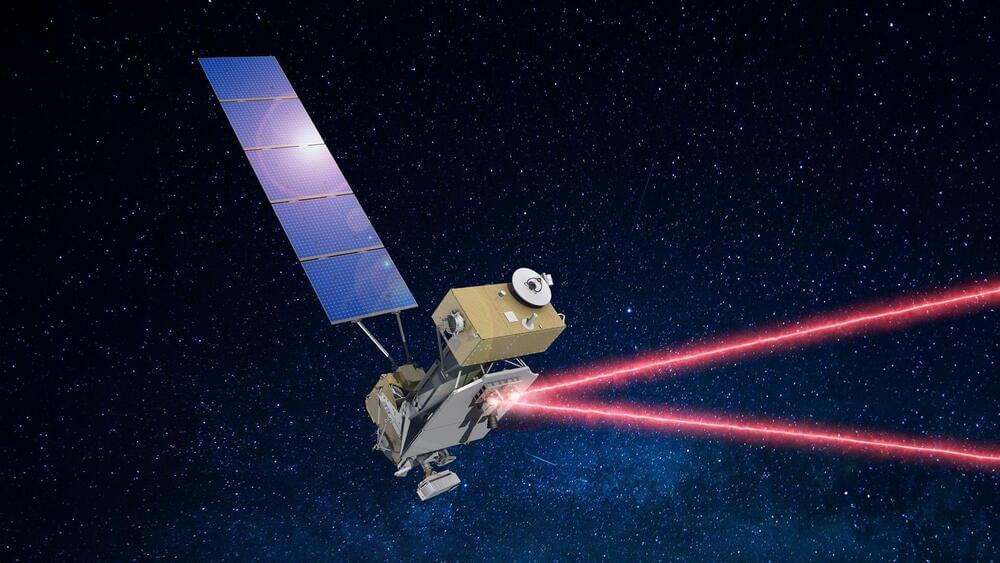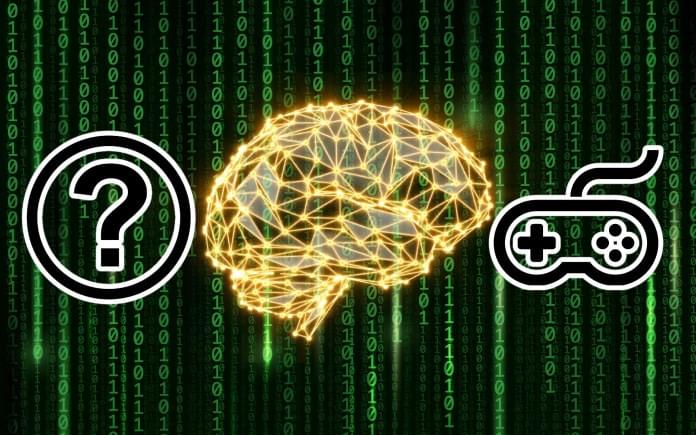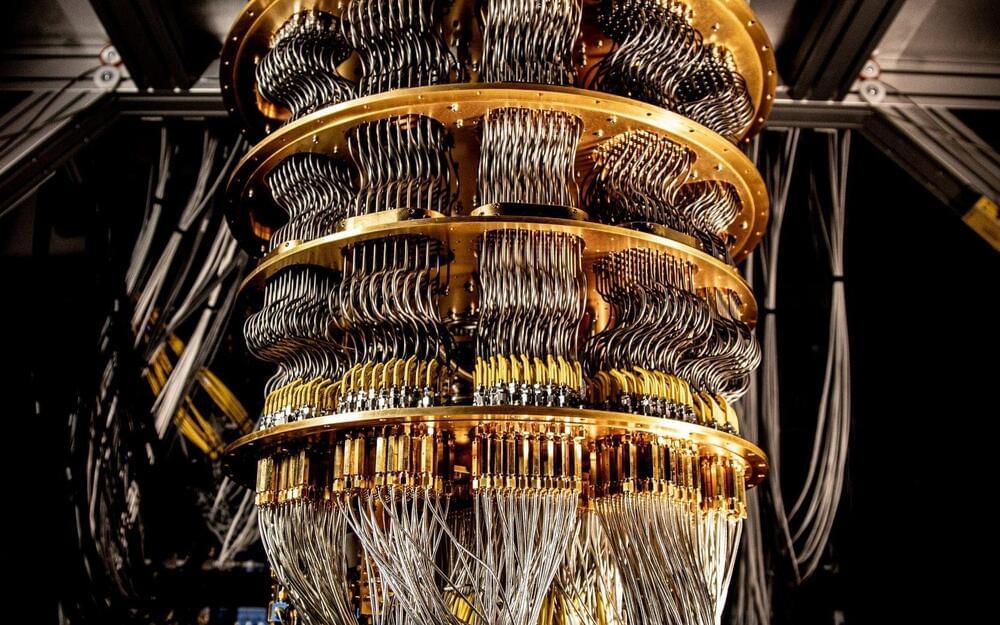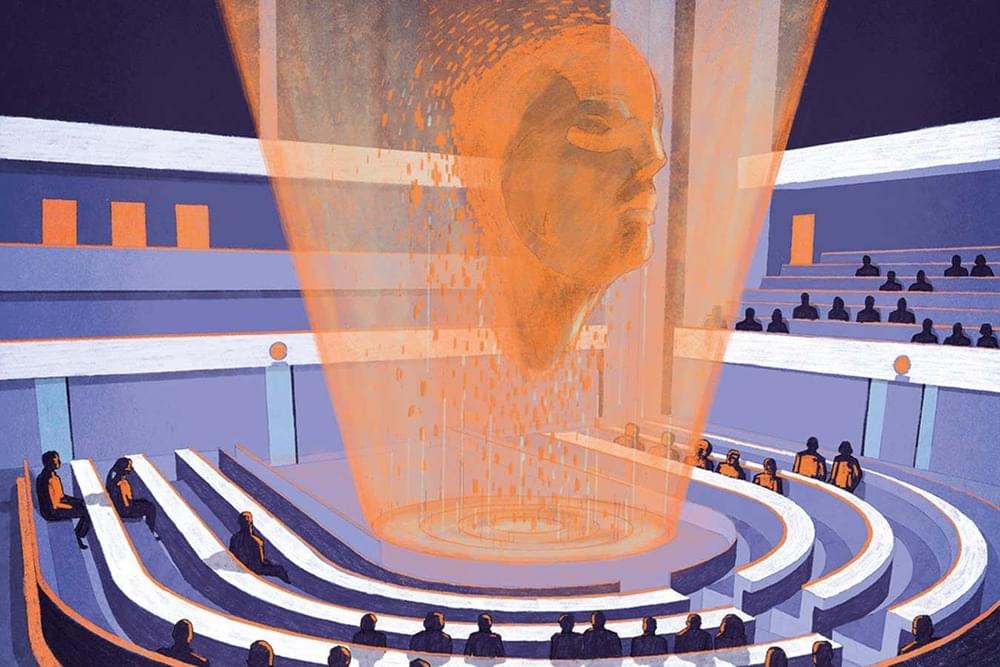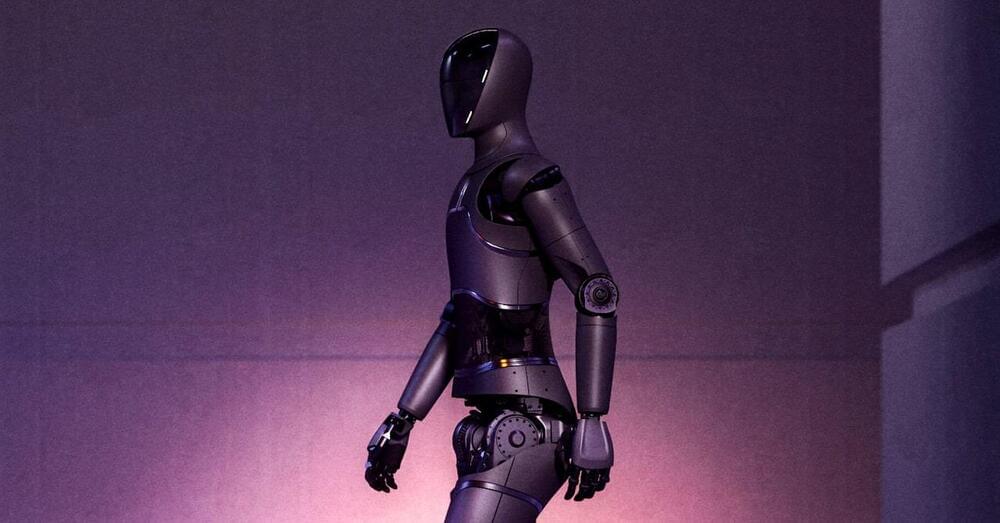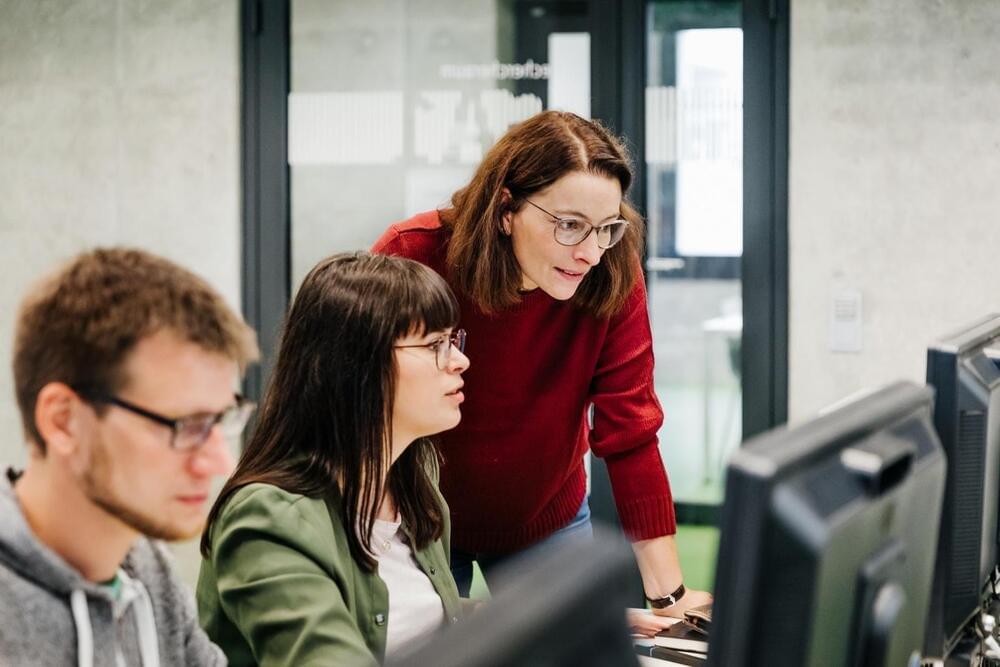
• Cultivating critical thinking: Emphasizing critical thinking skills equips students with the ability to analyze information, evaluate its credibility and make informed decisions. Encouraging open-mindedness, creativity and curiosity fosters independent thinking and problem-solving abilities.
• Contextual learning: Educators should design learning experiences that integrate real-world contexts, enabling students to understand the dynamic nature of information and adapt their knowledge to diverse situations. This approach encourages adaptability, resilience and a deeper understanding of the implications of changing contexts.
As automation continues to reshape the world of work, recognizing the inherent value of human skills becomes paramount. Emotion and context are two indispensable components that differentiate humans from machines and underpin critical aspects of work, such as effective communication, problem-solving and judgment. Nurturing these skills through educational systems will empower individuals to thrive in an automated future, ensuring they possess the abilities that automation cannot replicate. By embracing a holistic approach to education that integrates technical proficiency with emotional intelligence, critical thinking and contextual understanding, we can prepare the workforce of tomorrow to embrace the opportunities and challenges brought by automation while leveraging their uniquely human capabilities.
